There comes a time in everyones career that they have to look for a new job, the exact reason is unimportant but the following chain of events is the same.
All of sudden, you need to update your online professional profile, renew and update your resume and remember how to answer interview questions correctly in order to entice the interviewer to invite you to the next stage in the multi tiered hiring process. Or, so you thought…..

Standing Out Amongst the Crowd
So you’ve updated your resume and start sending it to companies and firms with the hope of being noticed and standing out amongst the plethora of other job applicant’s resumes in an endless list of unread emails in the HR recruiters inbox.
Or at least that’s what used to be the case, UNTIL NOW!!!!
Well, that’s the way it used to be until now. Over the last five or so years a new trend and understanding have emerged. This is due to both technological advances leveraged for filtering potential job applicants and the failure of human resources (HR) professionals to accurately find the right match between potential employers and employees job placements.
As a result of this failure, 2018 saw a 20% reduction in job placements via job agencies. There has been a backlash by employers towards job placement agencies due to the general dissatisfaction of the quality and accuracy of the match between new recruits both in the professional qualifications sphere as well as what is termed the companies “DNA” staff requirements.

Finding New Staff to Fill Company Ranks
Because of these new understandings there has been a shift away from HR firms and an increase in direct employment via company advertisements by leveraging social networks or internally via the “Friend bringing a friend” method.
This shift has occurred for two main reasons:
- The first reason is the high cost involved in using HR companies to provide good quality job applicants to fill open positions, usually having to pay the HR company the equivalent of months salary for each successful hire.
- The second reason is that if a firm already has a successful staff member that fully understands the actual job requirements first hand, as well as being better equipped to understand who would best fit the open position and the companies DNA.
After all, a poor match will directly effect the person who recommended the new applicant in the first place. In addition the company also provides a financial incentive to the workers if a successful hire is made which is significantly lower in cost than the hiring fee paid to HR recruitment firms.
But this is only good on a small to medium scale, larger firms that receive literally hundreds of resumes a day still have a serious staffing problem because of their inability to accurately filter and process massive amounts of resumes.
Technology to the Rescue – Or So They Say….
The manual method of filling job openings works well but it is not an exact science and therefore very difficult to regulate, scale and improve overtime. It doesn’t address the other problems experienced by internal company HR staff of having to sift through massive amounts of emails, cover letters, resumes, LinkedIn and Facebook profiles.
So what is the answer?
The ATS “Resume” Robot Saves the Day
What’s that you say? The what…. The application tracking system robot or ATS Bot in short is an automatic software implementation used by recruiters and employers during the hiring process to collect, sort, scan, and rank the job applications they receive for their open positions.
Big brother here we come…

The applicant tracking system was designed for large corporations, for dealing with thousands of job applications on a weekly basis. Today, more than 95 percent of Fortune 500 companies rely on ATS software to help streamline their recruitment process. However, what began as a recruitment solution for large companies has turned into the standard tool for companies of all shapes and sizes.
How do applicant tracking systems (ATS) work?
Applicant tracking systems are automatic “gatekeeper software tools” that are used by the employer to automatically filter resumes. The ATS application parses the resume’s content into categories and then scans it for specific “keywords” to determine if the job application should be passed along to the recruiter.
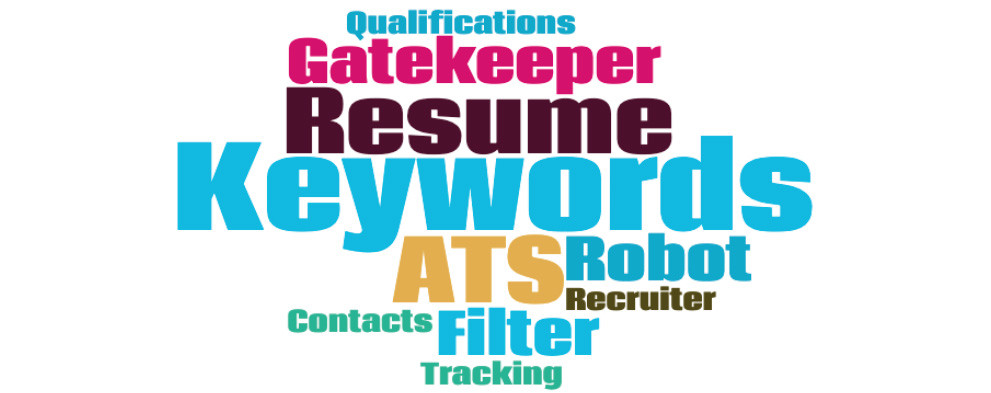
Its job is to weed out unqualified applicants so the recruiter can devote his or her time to evaluating the prospective job applicants who are more likely to be a match for the position. So, this means that the ATS application automatically removes those applicants “resume” that it deem unfit for the specific position.
If a resume is not written and formatted according to ATS requirement standards, a highly qualified and talented candidate can be easily passed over. Sounds scary…
In addition to this, not all document file types fare well in the ATS digestion analysis process. For example, saving your resume as a PDF may guarantee that it looks good, but will reduce the overall score of your resume when it is placed in the ATS tool because of compatibility problems. Much of the documents valuable “keyword” content will not be correctly deciphered, filtered and evaluated resulting in your resume getting lost in the “resume blackhole” and being thrown in the bin.
Great Qualifications, Knowledge, Skills & Abilities Used to Be Enough…
Extending your Expertise and Understandings
So today, in addition to having to have the right qualifications, work history and great recommendations you now have to become a “ATS textual compatibility and keyword expert“. If this sounds scary then don’t be discouraged as there are plenty of online ATS resume filtering sites that provide free services to help understand what to do to increase your chances of success.
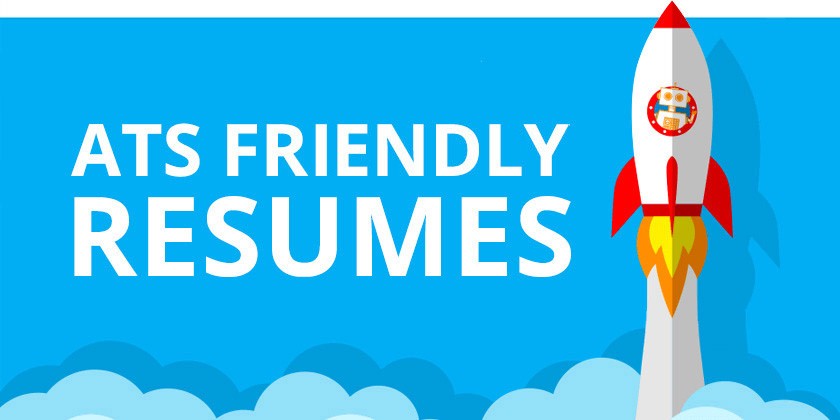
Building a Robot Friendly Resume – Tips and Tricks
As more and more employers both large and small are beginning to use ATS software to filter and sort candidates resumes, it is vital to understand the new requirements for creating a great resume. You must upgrade your resume to help ensure that you are not overlooked.
The modern resume should now be optimised to stand out on a ATS tool and not just a recruiter or hiring manager’s desk.
Here are a few do’s and don’ts to pay attention to when you create your resume. There are some surprising changes, so get ready.
The Do’s
- Keywords – Use keywords to describe the skills, expertise and experience you possess that qualify you for your target job.
- Contact Information – Make sure that you include your full name, tele/cell phone and email address in your personal details
- Executive Summary – Make sure to write a brief description about yourself using no more than two or three sentences to describe your main strong points.
- Qualifications Bullet List – Make sure to add a bullet list of your qualifications to your resume, there are many nice graphics that can be leveraged to expose your skill and talents.
- Standard Fonts – Use standard web fonts such as Arial, Tahoma or Verdana.
- Document Format – Save your resume as a Microsoft word or comparable format so that the ATS application won’t become corrupted when converting your resume.
- Capitalisation – Don’t over capitalise terminology names and skills
- Correct Punctuation – Use correct punctuation and sentence structure when composing your resume content.
- Spell Check – don’t forget to perform a spell check before you send your resume for a job application.
- Upload your Resume – Do not copy paste the content of your resume to a job application site, rather upload the resume in word format.
- Use Best Practises – When formatting your work history information, start with the employers name, then your title followed by the dates you held the title.
The Dont’s
- One Page Resume Limit – ATS robots don’t care about the length of your resume and in fact a longer resume may improve your chances.
- Fancy Formatting – Don’t waist time on fancy formatting and graphical layouts rather focus on clearly formatted and well organised sections.
- Abbreviations – Do not use abbreviations when describing title or skill spell out everything fully.
- Don’t Use Tables – They are not clearly recognised by the ATS bots and valuable information can be lost.
- Don’t Use Headers and Footers – Do use the headers and footers of the document format layout as the ATS robot do not scan those areas of your resume’s content.
- Don’t Save as a PDF – PDF’s are unreadable by many ATS applications don’t recognise this type of document format.
The Latest Buzz Tech – Dont forget your Gut Instinct
New technology is revolutionising the job application process, making it easier for candidates to connect with their ideal employment opportunities. Adopting best practises for resume creation will increase your chances of landing your dream job.
But, as with many technological trends there is also a danger of pushing very good people aside because of their inability to both correctly understand these new standard requirements and also over reliance on technology rather than using intuition and good old gut feelings to find the right match.
Free Online Resume Checkers – Measurable Results?
Many new companies have begun to sprout offering to provide potential job hunters with an ATS proof resume for a fee of course. I think that it is similar to a doctor offering a patient a miracle cure to a stubborn disease. That is, they rely heavily on a persons fears and anxieties to lure them into spending money to provide a miracle cure for their ails.

Conclusion
There are definitely some straight forward guidelines that one should follow to ensure that a resume doesn’t fall into the resume trash as I outlined earlier, but don’t be fooled into believing everything that you are told by the “auto bot” that sends you a personalised email response after completing your “free online resume check”. After performing the required changes to my resume according to one site I lost percentage points according to another competing site. So, be wary of miracle cures and solutions. Also, not all of the ATS resume sites are equal in quality some are not good enough or relay on out dated ATS technology guide lines and principles.
Related Articles
Pixel Accurate UX Designs
When designing a new product UI, I alway try to employ the K.I.S.S method, of "keep it simple stupid", it hasn't failed me yet. If on the other hand you have no choice but to create a new custom control then provide the developer with a "pixel accurate" screenshot...
How to Prioritize your Product Backlog
A product backlog is the definitive list of all the new epics, features (changes to existing features), user stories, bug fixes, infrastructure changes and maintenance items of your software product. It is also the place to add any other additional tasks that a...
UX Prototyping – The Only Way to Fly
Creating a software solution is a labor intensive human endeavour. It requires input from many different disciplines and stakeholders for it to reach fruition. So, before you start to crunch code maybe you should give some thought to first building a full interactive...

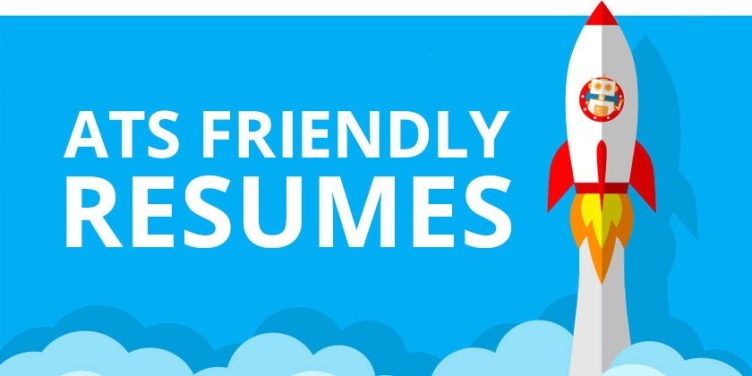
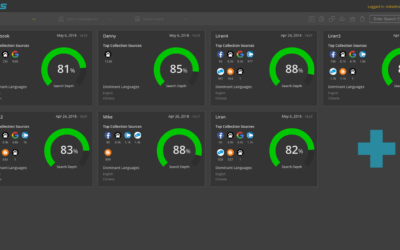
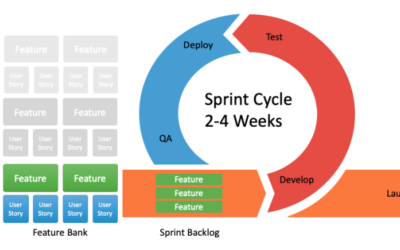
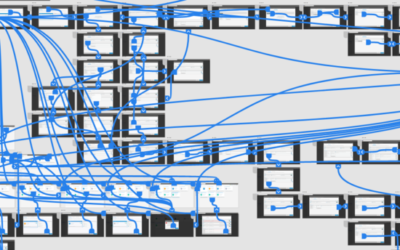
Recent Comments